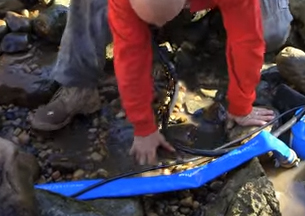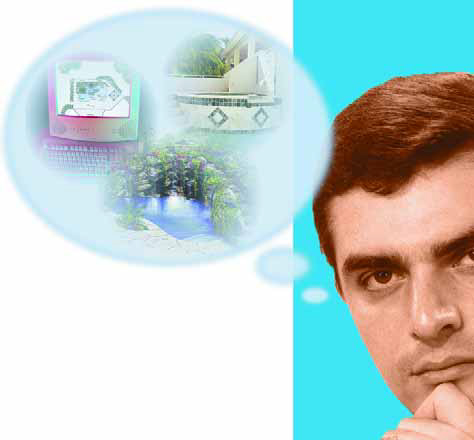visualization
On an emotional level, one of the toughest things to do in giving an ecosystem pond a good spring cleaning is thinning out the plants. After all, these plants are a big part of the pond's aesthetic appeal, and reducing them as dramatically as we usually do tends to set the watershape's good looks back a notch or two. But we do so knowing it's a
'Science tells us that the human eye can see about seven million colors and that our minds instinctively perceive depth and dimension. This visual capacity,' noted Stephanie Rose at the outset of her Natural Companions column in April 2006, 'enables most of us to move around without bumping into things, some of us to swing at and somehow hit a golf ball and, in the case of a beautiful garden (we can hope), all of us sense
One of the most interesting things about running WaterShapes has been the opportunities I've had to get out and see projects, both in process and finished. Through the years, I've been treated to
I remember several years ago, back before it was really fashionable to build completely naturalistic pools, that I decided this was exactly what I wanted to do. This was in the very early 80s, when you'd see maybe some rocks on the bond beam or a waterfall on the end of the pool - but that was about as natural as it got back then. My new idea was to create environments that were completely natural, stem to stern. I tried presenting the concept to a number of potential clients, explaining how we could do things like angle the top of the pool and install rocks all around the edge and create natural

















Visual Acceptance